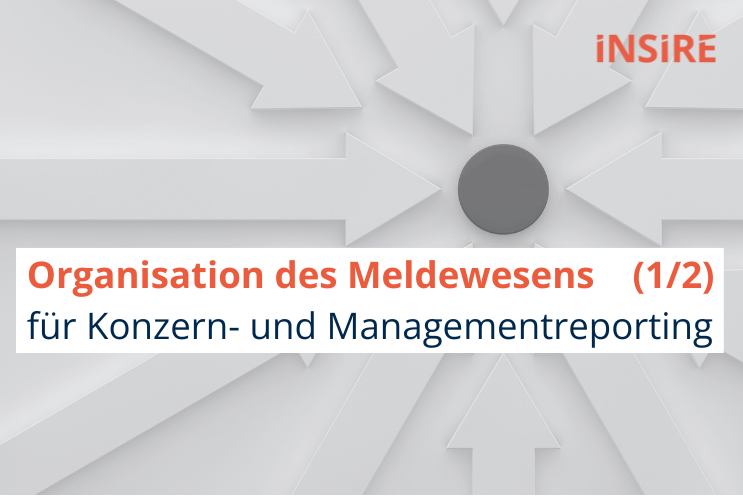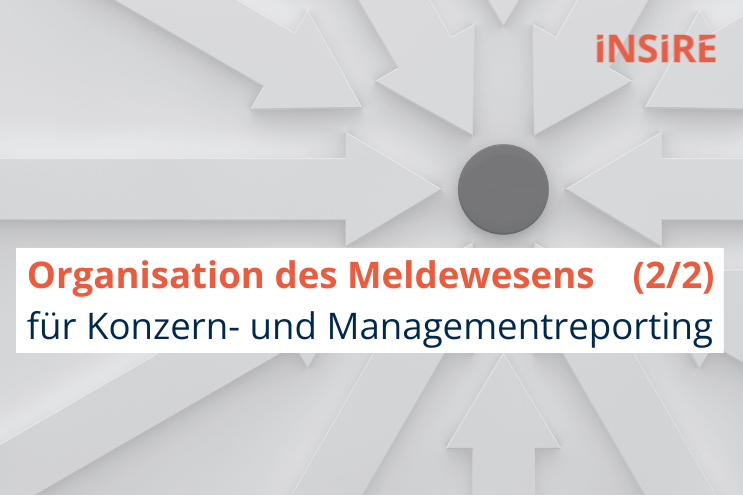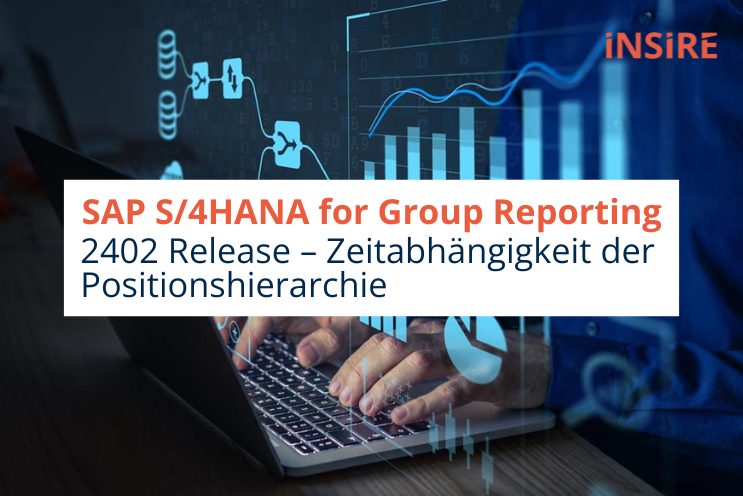The delivery of the financial statements from subsidiaries represents the essential basis for further processing for consolidated reporting.
Challenges arise particularly in subsidiaries that prepare their local financial statements outside of a central SAP accounting system (SAP ECC or SAP S/4HANA). These include, for example, smaller sales companies, companies consolidated using the equity method or even permanent establishments.
The correct organization of the reporting system is therefore important. This includes all technical, content-related and organizational processes in order to transfer the relevant data from the subsidiaries to the reporting structures of the parent company and make them available in a timely manner.
Definition of processes and responsibilities
The reporting and consolidation processes should be uniform and harmonized so that time bottlenecks in data reporting are reduced and even avoided. Dependencies between the individual measures or steps can be supported in a time plan, for example through a closing and activity plan (reporting and consolidation process) with the information “When must which process step be completed”. Upstream and downstream processes such as intercompany coordination must not be ignored in a reporting process.
The closing processes are often also examined through an analysis of the aspects of a “fast close” or even “hard close”. In the case of a hard close, for example, selected companies have to "go through" the reporting data process in advance - one month before the annual financial statements - in order to answer any questions from the previous financial statements or risks earlier and not later in the actual annual financial statements => time and quality factor.
Among other things, it can happen that the first figures or key figures for a company's management board should/must be provided in advance (e.g. for flash reporting); here there is the possibility of a split report by the companies (balance sheet, income statement and appendix). .
It makes sense to install permanent responsible persons in the organization of group accounting in both accounting and controlling who support the companies in the process and reporting. This means that questions can be clarified at an early stage, possibly before the data reporting process. Particularly in smaller group companies that manage their data with their own accounting software, closer support or even direct support for tasks from the parent company is often required.
With a large number of such subsidiaries, this can sometimes be very time-consuming if locally generated financial statement data has to be transferred. It is also important that even if there are organizational separations between accounting and controlling at the parent company, information is not requested multiple times from the investment company.
For this purpose, companies in reporting subgroups are also sent to the parent company in a pre-consolidated form, meaning that the subgroup delivers the already consolidated financial statements in a data package at the level of a technical unit to the parent's consolidation system. If the subgroup financial statements are prepared in a currency other than the currency of the parent company, this will be transmitted in that currency.
It is important that changes to the scope of reporting, for example due to new IFRS requirements or the integration of acquired companies, are prepared in good time. This needs to be communicated early on, for example in the form of a news or information letter.
Reporting scope, periodicity and financial year
In the reporting system of group and management reporting, there can be different reporting volumes per period within a financial year. The areas of accounting and controlling are also involved here, when what and how information must be available, for example to the company's board or to banks and investors.
The scope of reporting is usually the balance sheet, the income statement (depending on the cost of sales and/or total cost method - UKV/GKV), notes, but also a possible tax balance sheet, etc. This is for each company in the respective period of the financial year, which should also be defined in the closing calendar, among other things (Time). A certain level of complexity can arise if subgroups with different reporting requirements are added. The keywords here are harmonization and integration. It may be that, for example, only one P&L is reported for each month and then the entire reporting scope is reported in the quarter or end of the year. Further complexity can exist if, for example, a subgroup has a postponed financial year above the main group, but this has to be mapped in an ERP system.
In addition to the scope of reporting and the financial year, there is, as previously mentioned one or two times in the formulations, another small unit, the periodicity in reporting. This depicts the periods, as the word suggests. Here too, when are which reporting scopes are relevant and these are not necessarily tied to the monthly reporting - even in an FI system. It can and is also possible to differentiate between FI/CO and consolidation in the integrated ERP system such as SAP S/4HANA. In some cases, special periods are also provided for in the consolidation in order to reflect any irrelevant individual financial statement data at group level in the reporting system.
The reporting scope of budget, forecast (rolling yes/no) and medium-term planning should also be mentioned, which partly build on each other and are dependent on the content. Harmonization and integration as well as separate analyzes must also take place here. These should/must also be integrated into the final calendar with dependencies on the current reporting system.
Read now too Part 2 this post!
They find out here more about financial consolidation.




